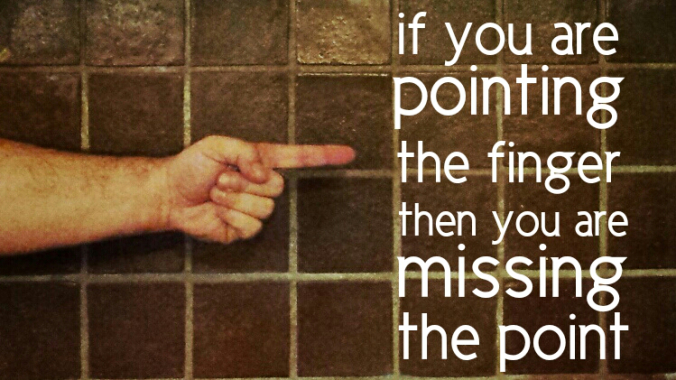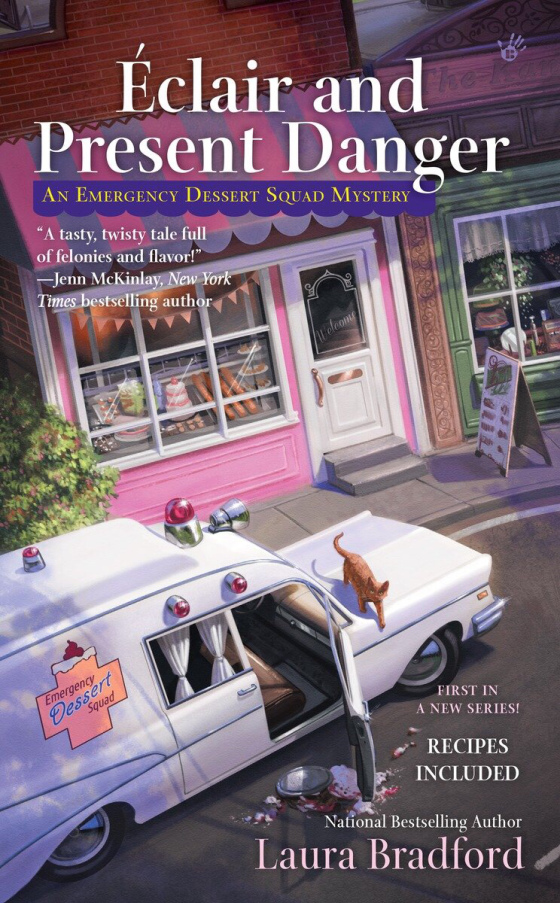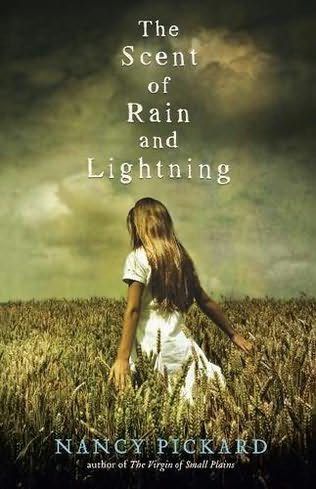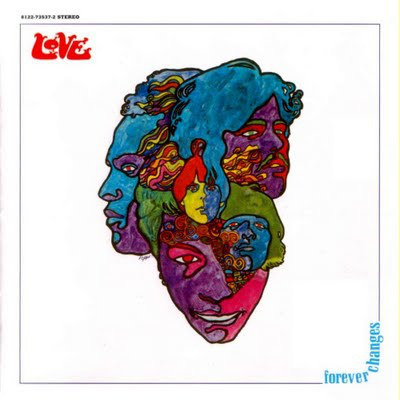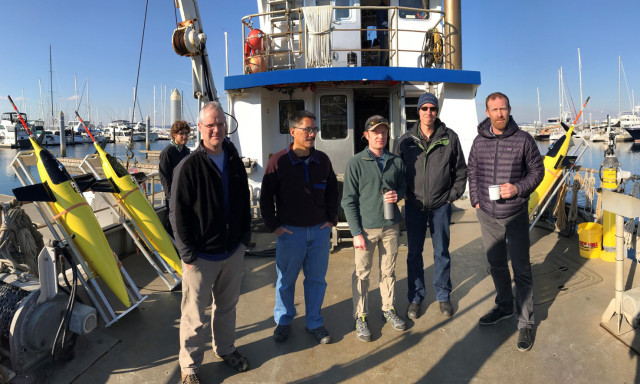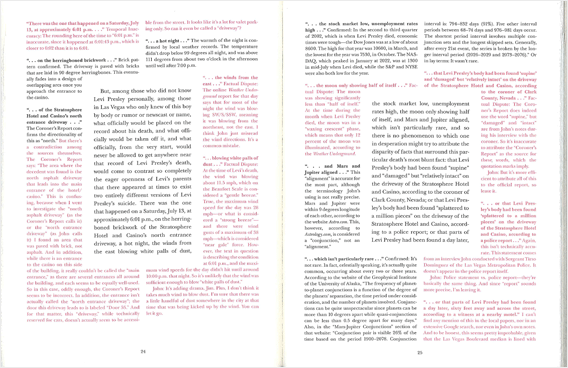 With John D’Agata’s The Lifespan of a Fact, we explore the realm of the lyric essay. We have been working our way toward this very current and somewhat controversial turn in nonfiction writing: where the creativity of “creative nonfiction” emerges into the essay, formerly and formally thought of as dry, dead.
With John D’Agata’s The Lifespan of a Fact, we explore the realm of the lyric essay. We have been working our way toward this very current and somewhat controversial turn in nonfiction writing: where the creativity of “creative nonfiction” emerges into the essay, formerly and formally thought of as dry, dead.
The lyric essay, then, is a good place to pursue further our inquiry into the poetics of the essay. We have been looking at the poetics of the essay in contemporary forms of new media: video, audio, hypertext. These are essays that use the poetic (and editing) tools of the medium to hack their way into, and through, the traditional essay. And so Rankine’s “Zidane” can be thought of as a lyric essay–as perhaps all the video essays might. As we saw, many of those essays are collaborations between writer and some other person–and certainly between writer and medium.
D’Agata’s essay returns us to the more familiar form of print. However, as presented in the form of this book, as a collaboration with the fact-checker Jim Fingal, and as represented on the page (with original text set with the ongoing conversation between D’Agata and Fingal around it), we might think of this lyric essay as a continuation of the multimedia or hypertextual essay as hack. What is being hacked?
David Shields, whose book Reality Hunger can be thought of as another type of lyrical, creative essay into the philosophy of the current essay, refers frequently to the lyric essay. Not surprisingly, he cites–or perhaps we should say, hacks–D’Agata on several occasions. For example, 384; I assume Shields won’t mind me quoting him, or both of them, at length:
The lyric essay doesn’t expound, is suggestive rather than exhaustive, depends on gaps, may merely mention. It might move by association, leaping from one path of thought to another by way of imagery or connotation, advancing by juxtaposition or sidewinding poetic logic…The stories it tells may be no more than metaphors. Or, storyless, it may spiral in on itself, circling the core of a single image or idea, without climax, without a paraphrasable theme. It stalks its subject but isn’t content to merely explain or confess. Loyal to the orginal sense of ‘essay’ as a test or a quest, an attempt at making sense….
So far, so good. We are reminded that this newer, more experimental form (hence the adjective ‘lyric’ or poetic) does things as a an essay that are essayistic in the root senses. The lyric essay, like every good essay, is a theater of the brain. However, we know from other and earlier citations in Shields that things are D’Agata pushes his definition provocatively farther:
The lyric essay asks what happens when an essay begins to behave less like an essay and more like a poem. What happens when an essayist starts imagining things, making things up, filling in blank spaces, or leaving the blanks blank? What happens when statistics, reportage, and observation in an essay are abandoned for image, emotion, expressive transformation? [72]
What happens? Let’s take D’Agata’s question into our reading of his essay and the collaboration that resulted from it. Here’s a way we might, like good essayists ourselves, test this out.
Further Reading:
A recent interview with D’Agata, conducted by Ander Monson. There is discussion toward the end of Lifespan of a Fact, along with his philosophy of the essay.
Here is D’Agata’s essay as originally published in The Believer Magazine, “What Happens There.” And the material from the essay would also make its way into the conclusion of his book focused on Las Vegas and Nevada, About a Mountain.
And for comparison and contrast regarding policies on facts and nonfiction, here is the journal Creative Nonfiction.
Advertisements Like this:Like Loading... Related
